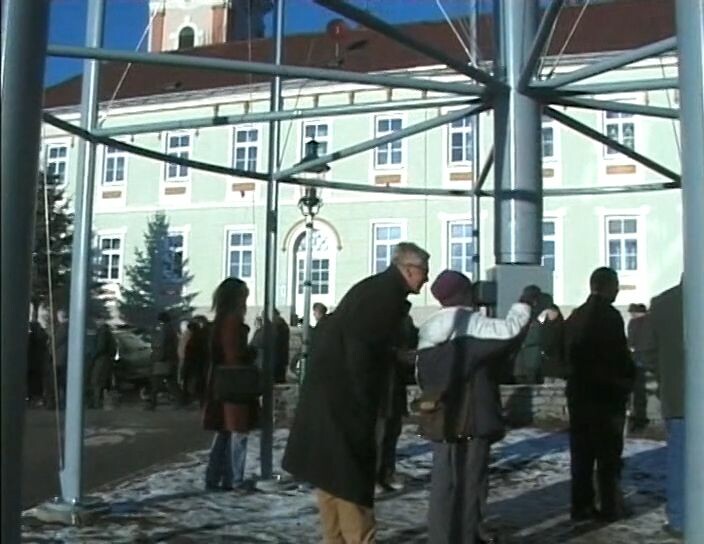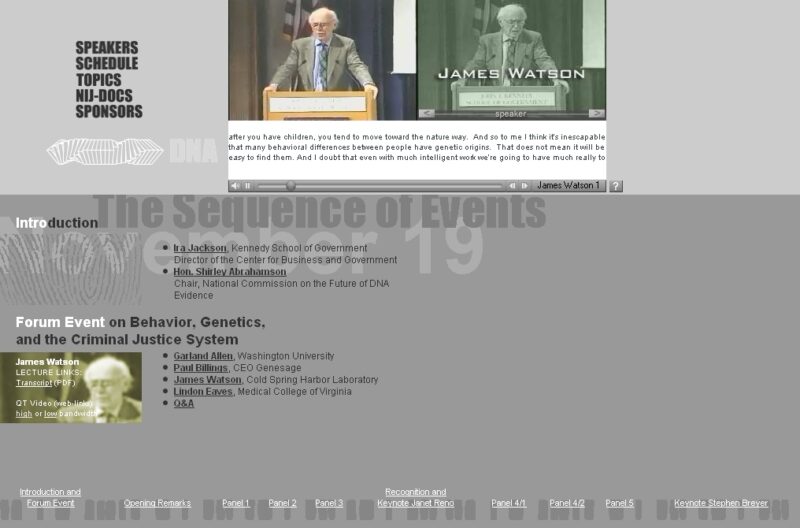• The Data DMZ: Across a small area of prominent urban significance all data streams are being blocked temporarily and without prior announcement (think center of Central Park, NYC, or Jardin du Luxembourg, Paris; Boboli Gardens, Florence; Tiananmen Square, Beijing; public gardens, parts of parks and squares in cities around the globe).
Unlike in places of social trans- and interaction (see above), places of significance prompt tourists to consult online information sources, leading them to “see” these places through curated eyes. In contrast, our proposed intervention – the localized and temporary scarcity of instant information that quick retrieval of encyclopedic knowledge offers – instigates speculation and fantasies about what can be found at those places. Perception and appreciation of present design, shapes and structures might prevail. Inquisitive visitors, knowing about the potentiality of temporary disconnectedness, will have to prepare beforehand or learn about after the visit using their mnemonic skills, raising awareness of spatial qualities and meaning of a place but also highlighting the contingent (and constructed) nature of memory and experience.
• The Meta-desert/haunting: Unannounced and again for a temporary period, access to location data (such as GPS) is inhibited or appear in foreign glyphs; all ratings/rated services will disappear, leaving individuals with the duty and the liberty of unencumbered choice to explore on their own, and to be disconnected from rating and recommendation systems that by preserving and perpetuating the value of past experiences, diminish the opportunity for surprise.
To break the spiral of self-fulfilling prophecies users of such systems will be given the chance to evaluate advertised offers and venues by their own ontologically formed standards. Unfamiliar sets of glyphs and symbols re-introduce an atmosphere of possibly being lost in an indecipherable environment. This way, innate skills for pattern recognition and interpretation will come into play and produce alternative strategies for gaining orientation and information and enabling decisions in unfamiliar surroundings.
• The Terrain Vague (for Lebbeus Woods): Randomly, visual and other surveillance installations will black out for an unannounced and limited period of time. Sublime signs will advertise location and duration during the blackout. Authorities will not be notified in advance either.
In order to catalyze experimental behavior, computer-generated choreographies of lighting, reversing the otherwise flow of light to the camera, will animate the site. Moving spotlights reacting to users, parts of street lighting providing dynamic patterns and rhythm create an instantaneous stage.
People can thus explore social acceptance, space and control independently from norms enforced by authorities. Will people stop by and start to play with light and shadow? In the end, who owns that space? Perhaps some sort of temporary, spontaneous communities emerges. Or, equally thinkable, nothing happens at all — there will just be ephemeral, void spots in the ever-denser matrix of physical und virtual observation.
• Data Economics Flowbreaker: In congested areas huge streams of data are flowing back to data harvesting industries. At some point, for some time, this flow will be halted or, better still, a stream of synthetic data will be substituted, giving individuals and areas the chance to reconfigure and reappear while meta-information processing and delivery is blacked out. This is taken a cue from human physiology, where the rerouting process in our brains that selectively weakens synapses also effectuates the removal of old memory traces, as well as encodes new spatial perceptions.
Similarly intriguing will be to see how the data gathering industry reacts: perhaps by accepting the temporary loss (and thus amplifying the data that could be gathered) or perhaps by developing contingency algorithms making up for such temporary interruption of data influx, possibly becoming less addicted to every single bit of authentic user-generated information.
The fundamental idea behind these interventions is to temporarily take random people out of the connected datasphere of predictive efficiency and thereby to create a time and space for the unexpected – inefficient at first but with a sustained potential for new connection and interactions. They are intended to let people “trip over“ their usual practices and realize a randomly generated moment of social randomness that may lead, much like in evolution, to bouts of innovation.
We rely on serendipity as fundamental principle for delivering unintended experiences and unsought discoveries. For instance, unexpected disorientation drives perception of others, objects, surroundings. The need to navigate the building blocks of urban intelligence, necessitates reading, interpreting, and defining what material is there. And the urban handshake enables unanticipated social interaction. Moreover, if Big Data and ML is emphasizing and amplifying the insights hidden in data, it is about time to conceive of such data not as exogenous sources of wisdom, but as endogenous flows that can – and ought – to be actively shaped. By creating temporary disruptions in human activities as well as resulting data streams, we aim for cherishing and embedding the unforeseen.
The plan is not to optimize on possible new, valuable connections derived from a smart algorithm that has decided it could be societally beneficial if one meets a particular other, but to optimize for random trial and error. This deliberately injects chance – unpredictability – in order to induce variation and experimentation for a time of disruption.
Endnotes
- Mayer-Schönberger, Viktor and Kenneth Cukier. Big Data – A Revolution that Will Change How We Live, Work and Think (HMH 2013; Cheers Publishing 2012)
- Frey, Carl Benedikt and Michael Osborne. The Future of Employment (September 17, 2013), https://www.oxfordmartin.ox.ac.uk/downloads/academic/The_Future_of_Employment.pdf
- Yanai, Itai and Martin Lercher. The Society of Genes (Harvard University Press 2016)
- Eigen, Manfred. From Strange Simplicity to Complex Familiarity A Treatise on Matter, Information, Life, and Thought (Oxford University Press, Oxford, 2013)
- Mayer-Schönberger, Viktor. Delete – the Virtue of Forgetting in the Digital Age (Princeton University Press 2009; Cheers Publishing 2012)
- Halbwachs, Maurice. On Collective Memory (University of Chicago Press 1992)
- Koolhaas, Rem. Preservation is Overtaking Us (Columbia GSAPP Transcripts, Columbia Books on Architecture and the City 2014)
- Sussman, Elisabeth. The Mind Is Vast and Ever Present, in Gordon Matta-Clark: You Are the Measure, ed. Elisabeth Sussman. Exh. cat. (Whitney Museum of American Art and Yale University Press, 2007
- Woods, Lebbeus. Eight Diagrams of the Future; weblog August 8, 2010 https://lebbeuswoods.wordpress.com/2010/08/08/eight-diagrams-of-the-future





